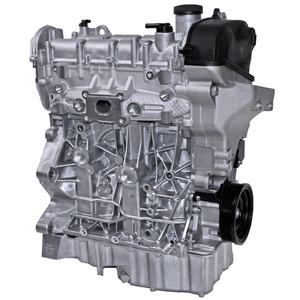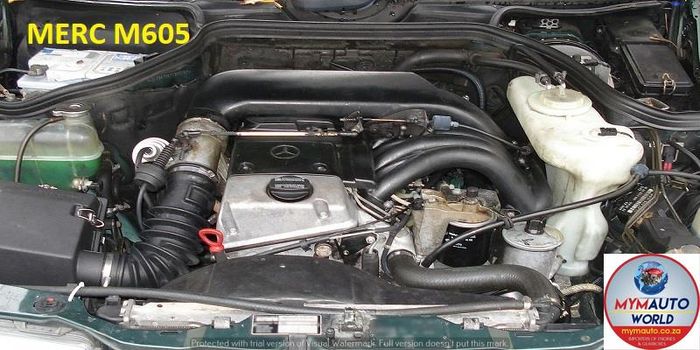Exploring the Inner Functions of a Compact Car's Engine System
As motorists, we usually consider given the complex processes that take place within the confines of our lorry's engine system. The compact yet intricate machinery that drives us ahead is a wonder of engineering precision and coordination. From the regulated surges in the combustion chamber to the thorough timing of fuel injection, every part plays an important function in the smooth procedure of the engine. In this expedition of a portable lorry's engine system, we will decipher the internal operations of this mechanical symphony, clarifying the secrets that drive us onward on our daily trips.
Combustion Process Summary
The combustion process in a portable automobile's engine system is an important device that efficiently transforms fuel into power to power the vehicle. This process occurs within the combustion chamber of the engine, where gas and air mix, spark, and generate controlled surges. The burning procedure is composed of four primary stages: intake, exhaust, power, and compression.
During the intake stage, the piston moves downward, pulling in a combination of air and gas into the combustion chamber. The following phase, compression, includes the piston moving upwards, compressing the air-fuel blend to increase its strength. Subsequently, in the power stage, the trigger plug stirs up the pressed mix, resulting in a rapid expansion of gases that forces the piston pull back. This down movement creates the power needed to drive the automobile. In the exhaust stage, the scorched gases are expelled from the combustion chamber through the exhaust valve, preparing the chamber for the following cycle. This cyclic combustion procedure is basic to the procedure of a compact lorry's engine system, ensuring efficient energy conversion for propulsion.
Piston and Cylinder Communication

The piston's exact fit within the cylinder is essential for preserving ideal compression and preventing energy loss during combustion. Tight clearances between the piston and cyndrical tube walls guarantee reliable sealing, allowing the piston to relocate efficiently without permitting gases to leak past. Proper lubrication is additionally essential to lower rubbing and wear in between these elements, improving longevity and efficiency.
Additionally, the style and products utilized in making the piston and cyndrical tube impact engine effectiveness and durability. Modern engines frequently employ light-weight yet long lasting products like aluminum alloys for pistons and cyndrical tube liners to lower inertia and boost thermal efficiency. click now Generally, the unified communication between the piston and cylinder is fundamental to the engine's performance and overall performance.
Fuel Injection System Functionality
Fuel shot systems in compact car engines play a crucial duty in precisely delivering gas to the burning chamber for efficient and controlled ignition. The gas injection system works by infusing gas right into the combustion chamber at the ideal minute throughout the engine's procedure (opel corsa engine). This accurate timing guarantees that the gas mixes equally with the air for correct combustion, bring about enhanced fuel effectiveness and reduced exhausts
There are primarily 2 types of fuel shot systems utilized in compact car engines: port fuel shot (PFI) and direct gas injection (DFI) PFI systems infuse fuel into the intake port prior to the intake shutoff, while see page DFI systems infuse fuel straight right into the burning chamber. Both systems have their benefits, with DFI supplying better fuel atomization and PFI giving a more cost-effective service.
Understanding Engine Cooling Mechanisms
Reliable operation of a compact lorry's engine depends heavily on the efficiency of its cooling mechanisms. Engine air conditioning is important to protect against overheating, which can cause serious damage and reduced performance. The cooling system in a portable car typically consists of numerous elements interacting to regulate the engine temperature level. One essential part is the radiator, which makes use of coolant to take in warm from the engine. As the warm coolant flows via the radiator, it releases warmth into the air, cooling down before returning to the engine. The water pump flows the coolant through the engine and radiator, making certain a consistent flow to control temperature level. Furthermore, the thermostat aids manage the coolant flow to keep optimum engine temperature level. Some lorries likewise have cooling followers that activate when additional air conditioning is required, such as during rush hour or hot climate. Comprehending these engine air conditioning mechanisms is essential for preserving the efficiency and durability of a small vehicle's engine system.

Exhaust System Parts Explained
The optimum functioning of a compact vehicle's engine air conditioning systems depends on a complementary system understood as the exhaust system, which consists of numerous necessary components for making certain reliable exhausts and engine efficiency. The exhaust manifold accumulates exhaust gases from the engine's routes and cyndrical tubes them to go right here the catalytic converter.
One vital element of the exhaust system is the oxygen sensor, which checks the oxygen degrees in the exhaust gases to assist manage fuel intake and make certain optimum engine performance. opel corsa engine. Additionally, the resonator might be present in some exhaust systems to lower sound levels. In general, the exhaust system plays a crucial function in maintaining engine efficiency, lowering unsafe discharges, and ensuring a quieter driving experience for portable automobile proprietors

Final Thought
To conclude, the portable automobile's engine system is a complex mix of parts that interact to assist in the burning procedure, convert gas into energy, and expel waste gases. Comprehending the internal operations of the engine system, consisting of the piston and cyndrical tube interaction, fuel shot system, engine air conditioning mechanisms, and exhaust system parts, is vital for keeping optimum efficiency and performance of the car.
The combustion procedure in a small vehicle's engine system is an essential device that effectively transforms gas into power to power the car.Gas shot systems in compact lorry engines play a crucial function in exactly supplying gas to the burning chamber for efficient and controlled ignition.There are mostly two types of gas shot systems used in compact lorry engines: port gas injection (PFI) and direct fuel shot (DFI) Comprehending these engine cooling systems is crucial for keeping the efficiency and long life of a compact automobile's engine system.
The ideal functioning of a portable vehicle's engine air conditioning devices depends on a corresponding system recognized as the exhaust system, which makes up different essential components for guaranteeing efficient exhausts and engine efficiency.